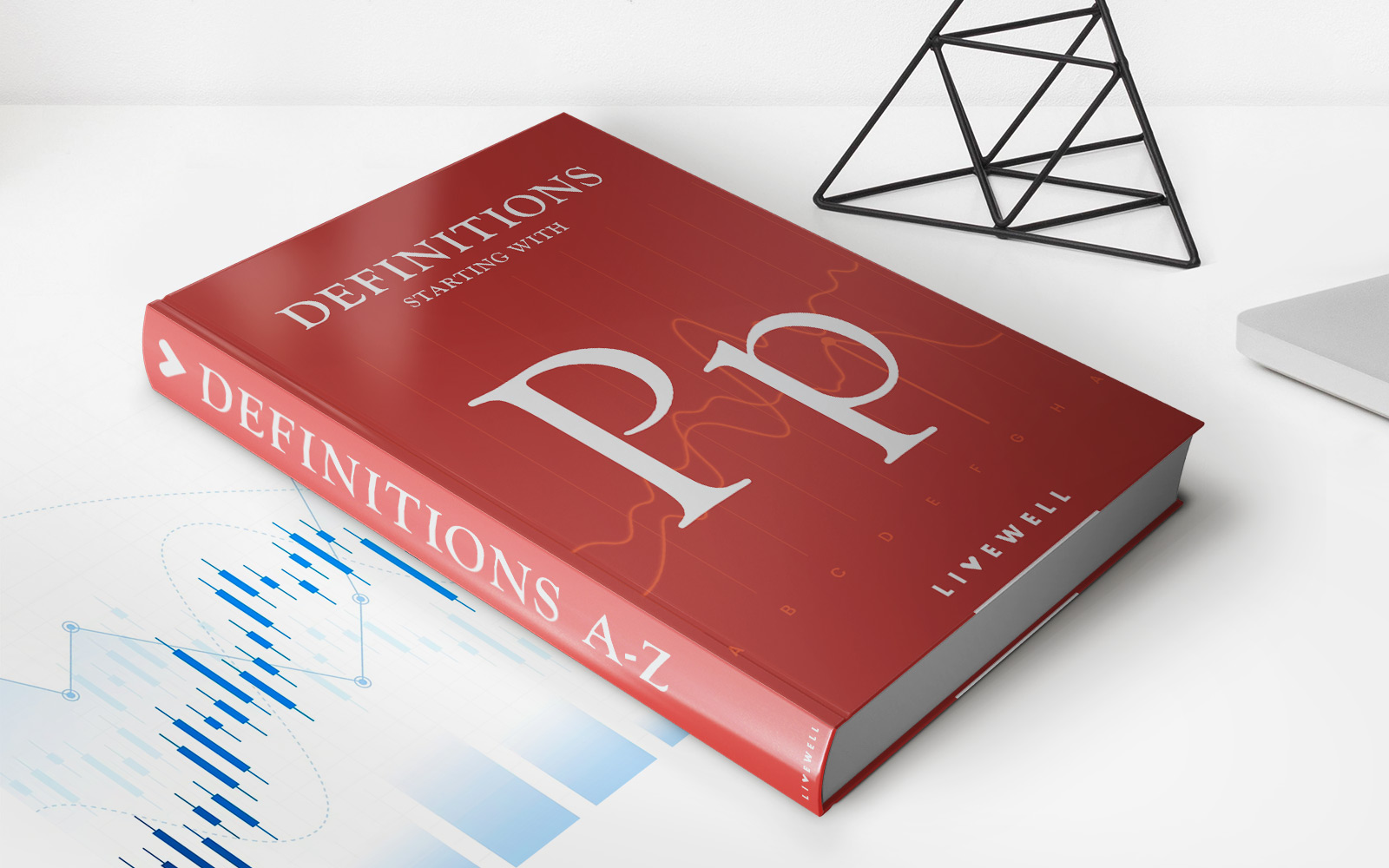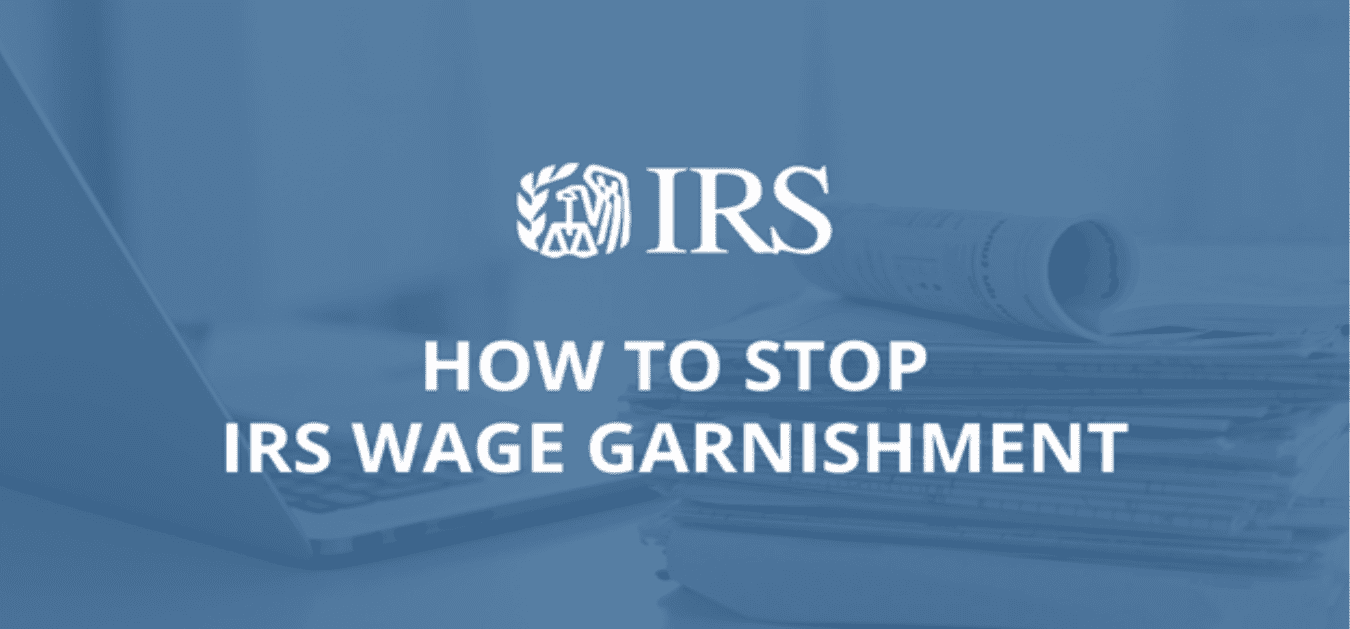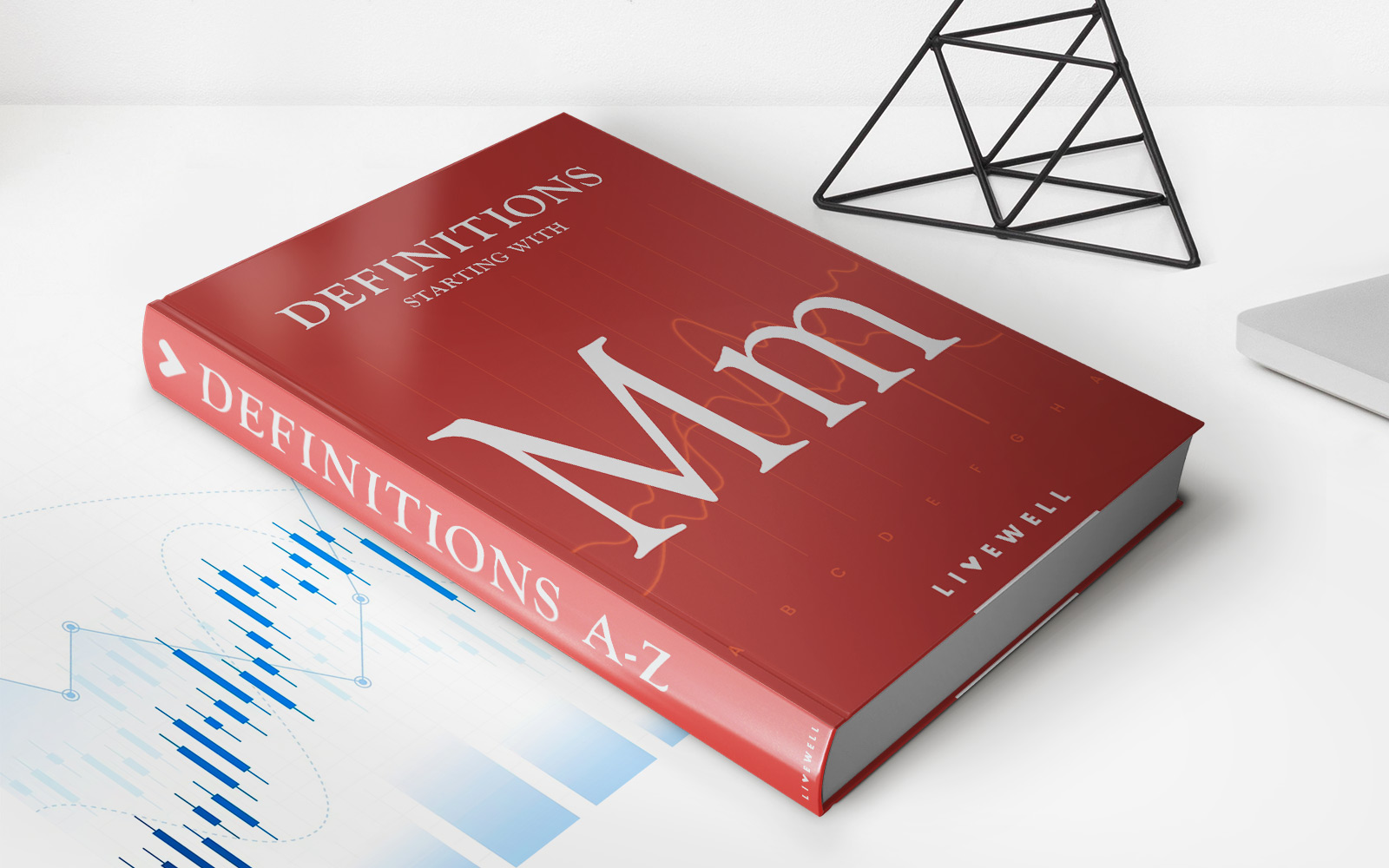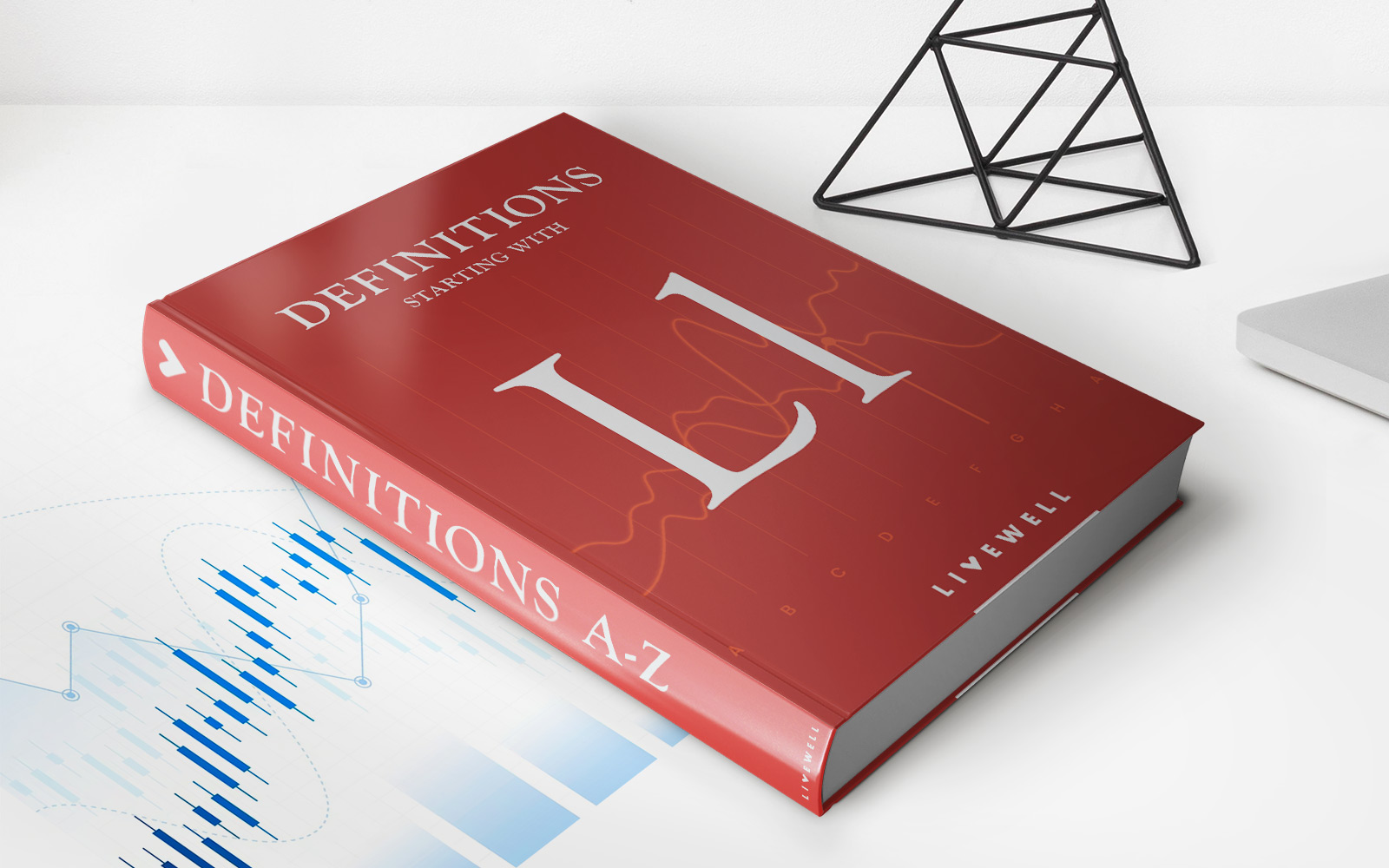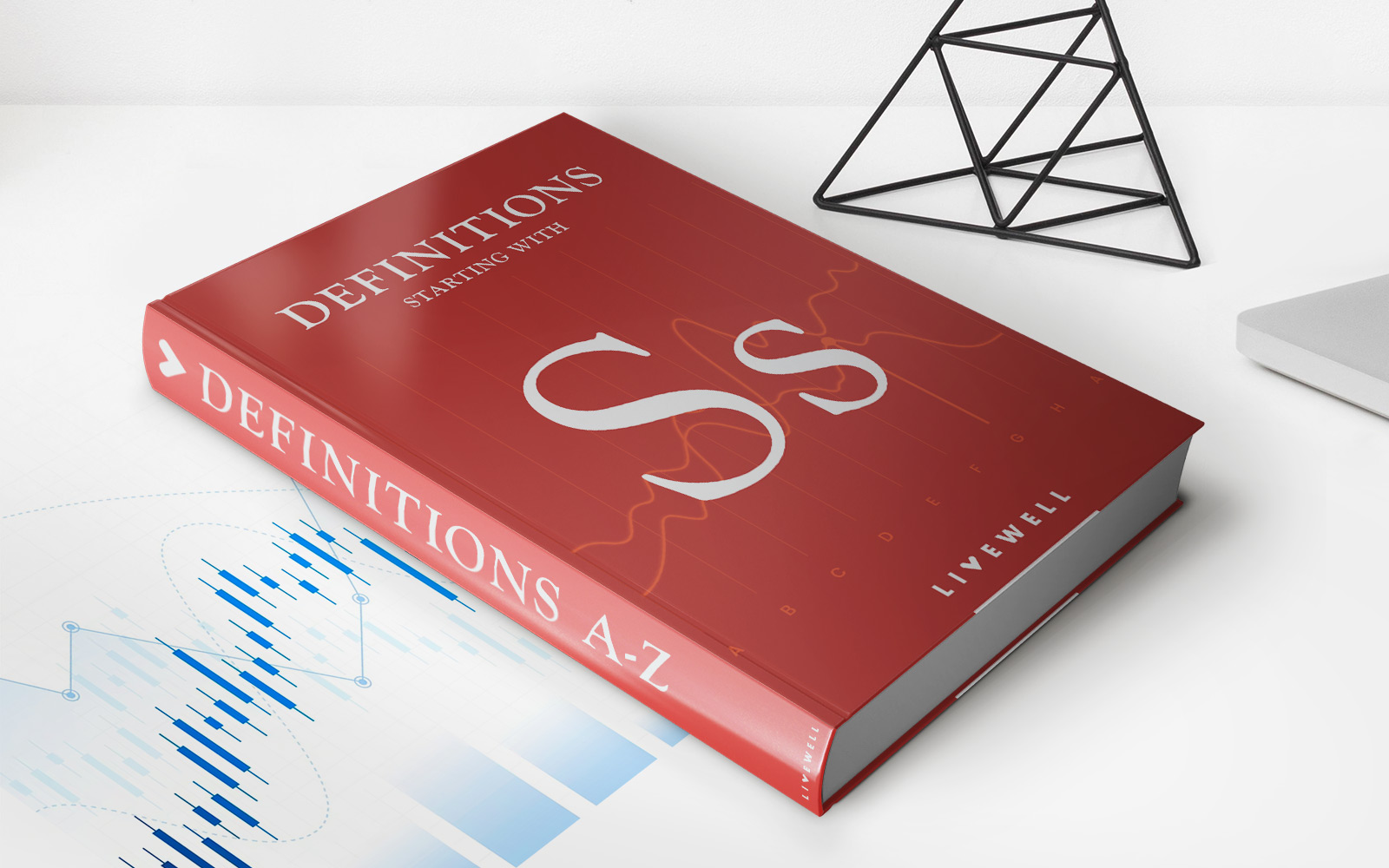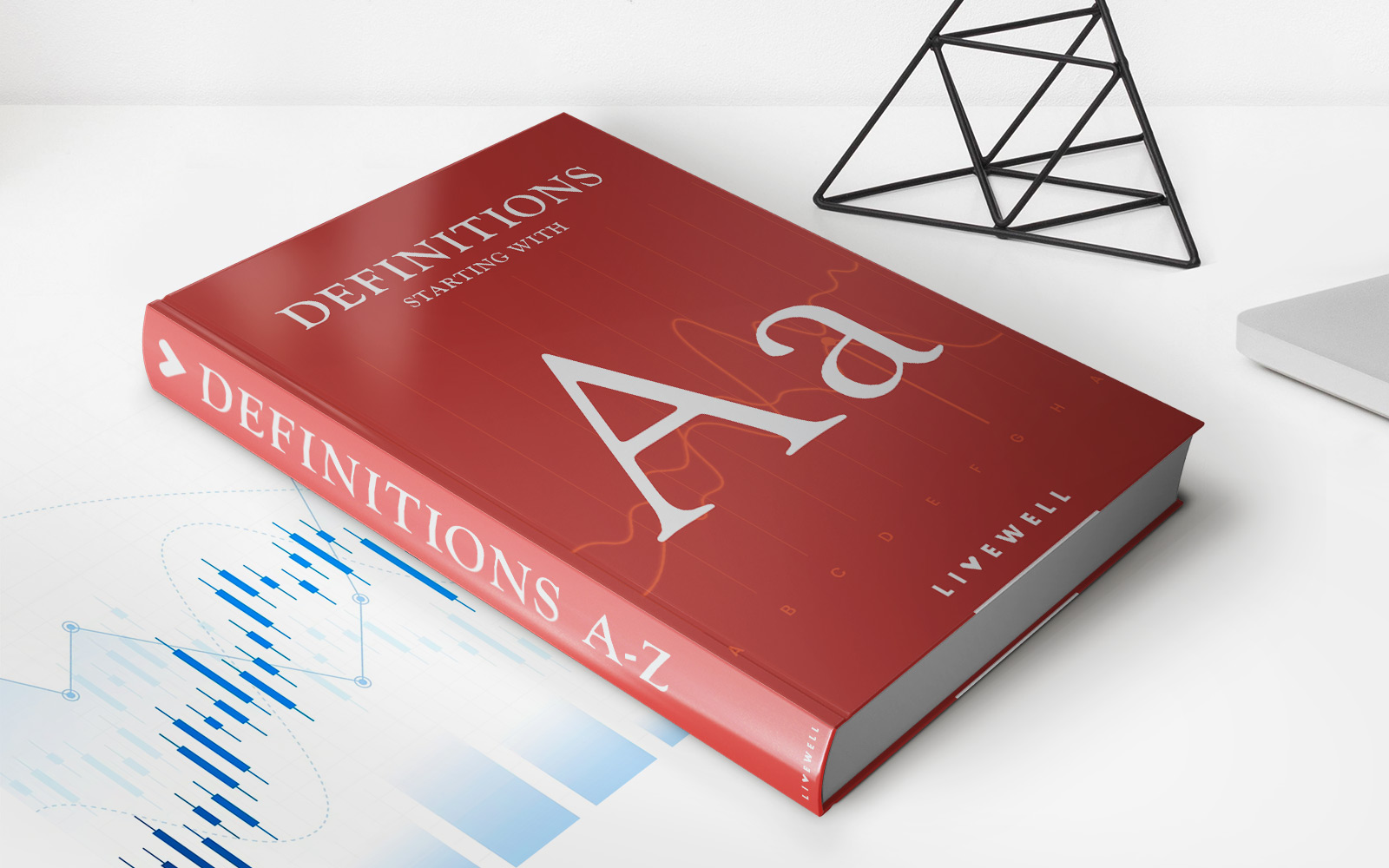

Finance
Wage Earner’s Plan Definition
Published: February 17, 2024
Learn the definition of Wage Earner's Plan in finance and how it can help individuals manage their finances effectively.
(Many of the links in this article redirect to a specific reviewed product. Your purchase of these products through affiliate links helps to generate commission for LiveWell, at no extra cost. Learn more)
What is a Wage Earner’s Plan? A Comprehensive Definition and Guide
When facing financial hardship or overwhelming debt, it can be challenging to navigate the various options available for debt relief. One popular option is a Wage Earner’s Plan (also known as a Chapter 13 bankruptcy plan), which provides individuals with a structured repayment plan to address their debts while allowing them to keep their assets. In this blog post, we will explore the ins and outs of the Wage Earner’s Plan, its benefits, and how it can provide a fresh start for those burdened by debt.
Key Takeaways:
- A Wage Earner’s Plan (Chapter 13 bankruptcy) is a court-approved repayment plan that allows individuals with regular income to repay their creditors over a specified period.
- This debt relief option allows debtors to retain their assets while restructuring their debts, providing them with an affordable and manageable financial plan.
Understanding a Wage Earner’s Plan: How Does It Work?
A Wage Earner’s Plan is designed for individuals who have a reliable source of income and the ability to repay their debts but need help restructuring their finances. By filing for Chapter 13 bankruptcy, individuals can create a repayment plan that spans three to five years, depending on their income and financial situation.
Here’s a step-by-step breakdown of how a Wage Earner’s Plan typically works:
- Filing the Bankruptcy Petition: To initiate the Chapter 13 bankruptcy process, the debtor must file a bankruptcy petition, along with supporting documents, such as a schedule of assets and liabilities, income and expense statements, and a repayment plan.
- Creating the Repayment Plan: The debtor, with the help of their bankruptcy attorney, develops a repayment plan that outlines how they will repay their debts over the designated time period. The plan takes into account the individual’s income, living expenses, and the amount of debt owed to determine a reasonable repayment amount.
- Approval and Confirmation: The proposed repayment plan is submitted to the bankruptcy court for approval. Creditors and the bankruptcy trustee review the plan to ensure it meets the necessary legal requirements and is feasible for the debtor.
- Implementation and Repayment: Once the repayment plan is approved and confirmed by the court, the debtor begins making regular payments to the bankruptcy trustee, who then distributes the funds to the creditors according to the plan’s terms.
- Completion and Discharge: After successfully completing all required payments under the plan, the debtor receives a discharge, which releases them from any remaining dischargeable debts included in the plan. This discharge marks the completion of the Wage Earner’s Plan and allows the individual to move forward with a fresh financial start.
The Benefits of a Wage Earner’s Plan
A Wage Earner’s Plan offers several advantages for individuals struggling with debt:
- Asset Retention: Unlike other forms of bankruptcy, such as Chapter 7, a Wage Earner’s Plan allows the debtor to retain their assets, including their home and car, as long as they continue making timely payments under the plan.
- Debt Consolidation: A Chapter 13 bankruptcy plan consolidates all the individual’s debts into a single monthly payment, making it easier to manage and reducing the risk of missed payments.
- Protection from Creditors: Once the debtor files for bankruptcy, an automatic stay is implemented, preventing creditors from taking further action to collect on the debts. This provides immediate relief from collection calls, lawsuits, and wage garnishments.
- Saving Your Home from Foreclosure: If the individual is at risk of losing their home to foreclosure, a Wage Earner’s Plan can halt the foreclosure process and provide an opportunity to catch up on missed mortgage payments over time.
- Fresh Start and Improved Credit: Successfully completing a Wage Earner’s Plan demonstrates a commitment to financial responsibility and can lead to an improved credit score over time, allowing individuals to rebuild their financial lives.
In conclusion, a Wage Earner’s Plan provides individuals with regular income an opportunity to restructure their debts, retain their assets, and attain a fresh financial start. If you are burdened by overwhelming debt and seeking a viable solution, considering a Chapter 13 bankruptcy plan could be a wise decision. Consult with a knowledgeable bankruptcy attorney to evaluate your options and determine if a Wage Earner’s Plan is the right choice for your financial circumstances.
